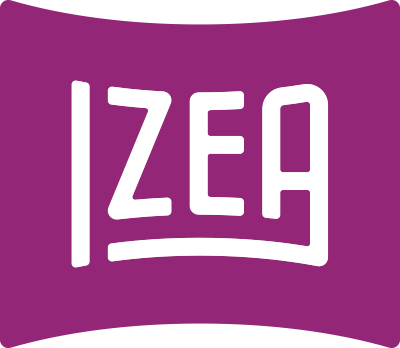When Clubhouse hit the social scene in April 2020, everyone was talking about it. This new “audio-focused” app is a modern chat room where you join conversations, listen in, and share your thoughts by simply speaking. Some describe the experience as a free-flowing podcast or an unstructured panel discussion, but the idea behind it is to chat with people like you would at a party (or a clubhouse).
While the app was all the rage, especially while people were stuck inside during lockdowns, its popularity has dropped in recent months.
Here’s how Clubhouse’s social presence has ebbed and flowed since its start.
- Clubhouse starts hot
- Now everyone can join, but popularity is dropping
- Clubhouse works to attract more users
Clubhouse starts hot
In April 2020, the pandemic was making a real impact in the United States. As the COVID-19 virus spread, many countries went into lockdown. Considering the extra time people had on their hands, checking out a new social audio app sounded pretty cool, especially since some big-name people were hosting talks like Oprah and Ashton Kutcher.
Clubhouse’s reach spiked in January 2020 as the company hyped up the app pre-launch and again in May, just a month after the app launched, according to BrandGraph.

In the beginning, users needed an invite to join the app. Once invited, you could invite other people to join you. This exclusivity created a lot of buzz. The spike in July 2020 was likely due to the enormous amount of people trying to figure out how to get an invite.
Posts like this one on TikTok from @paydaypursuit started popping up, offering people a chance to win an invite.
Others took to TikTok to explain the platform and entice people with the possibility of an invite like @natalya.michelle did.
@natalya.michelle Want to learn more about Clubhouse? Check out my YouTube channel! Link in bio! #clubhouse #entrepreneur #clubhouseapp
♬ Save Your Tears - Remix - The Weeknd & Ariana Grande
Now everyone can join, but popularity is dropping.
In July 2021, Clubhouse opened to the public and invitations are no longer needed. You’d expect to see a jump in engagement around that time as everyone hops on the platform, but organic content dips in the same month.

Like engagement, reach trended downward in September. This slump in popularity is supported by a CNN Business article that reported a significant drop in monthly downloads. At its peak, Clubhouse was downloaded 9.6 million times in February 2021 and dropped to 719,000 in May.
Clubhouse works to attract more users.
Hoping its popularity wasn’t solely based on people stuck in their homes during the lockdown, Clubhouse is working to lure more users. They’ll likely start encouraging Clubhousers to host talks that people engage with. For example, BrandGraph shows the top five topics that users are interested in:

Climate Change seems to be the hottest topic for the app, with 254,900 people listening to talks on the subject and a 46.18% overall engagement rate. Basketball, College, LGBTQ+, and Hip Hop round out the top five categories.
Clubhouse might also try to attract older users to its platform. BrandGraph shows a breakdown of the content creators, which are male or female and are between the ages of 18-34.

Clubhouse might attract an older crowd with its recent announcement of offering TED Talks. These highly sought-after talks usually draw an affluent, mature crowd. The in-person events can cost upwards of $10,000 a ticket, but Clubhouse says its TED Talks will provide high-quality content that anyone can hear.
The first TED Talk happened in mid-July 2021, called Thank Your Ass Off, with TED Talks author A.J. Jacobs. The idea behind the talk was to encourage listeners to thank all of the unsung heroes in their life, from the intern who brings coffee to the nighttime cleaning crew who keeps the office clean.
Clubhouse marketers have some work to do to regain popularity, but with insights from BrandGraph, it’s easy to see how the brand is faring on social media. Any brand can use the data-rich platform to monitor its social presence and track competitors.
Get more insights
BrandGraph helps you measure your brand’s social media performance, benchmark against competitors, identify influencers and analyze sentiment. Get started today.




